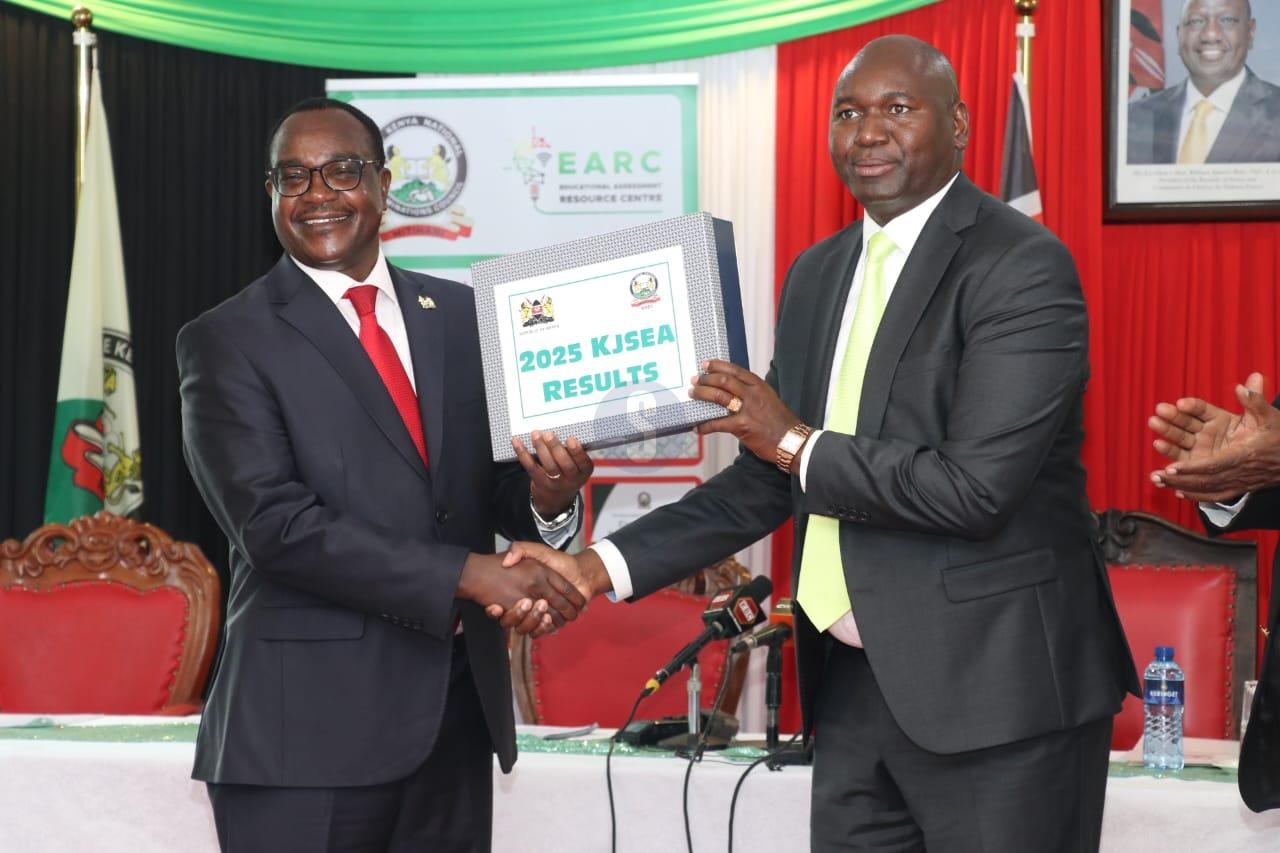Approximately 5,000 farmers in Busia are set to benefit from high-yielding millet varieties as subsistence growers set eyes on large-scale production.
The programme, supported by Centre for Behaviour Change and Communication, Kenya Agricultural and Livestock Research Organisation and Kenya Plant Health Inspectorate Service will be rolled out starting 2025 after successfully being piloted among selected farmers in Teso South subcounty.
It will involve planting high-yielding finger millet instead of the traditional low-yielding millet varieties which farmers have consistently grown over the years.
Emmanuel Eshitemi, an agricultural officer at Cbcc, said the primary target of the project is to adopt new millet varieties with the objective of maximising harvest at a time there is growing demand for millet not only in Kenya but also in the US, Asia and Europe.
“Through Cbcc, we intend to reach out to at least 5,000 farmers in Busia county,” Eshitemi said.
“The key objective of this programme is to support farmers in the production of millet using certified seed and we are targeting both youth and women.”
Farmers piloting the programme have already planted the millet and are set to harvest before close of 2024.
Eshitemi said the seed will be supplied by Kalro while Kephis will be responsible for monitoring the production process to ensure production guidelines from the farm to storage are followed.
Cbcc has also helped farmers open aggregation centres at Adung’osi, Akobwait, Simba Chai and Olepito. The centres will store the produce from where buyers can access the millet.
The aggregation centres also act as learning centres where farmers regularly meet to exchange ideas on how to better produce the crop.
“We will empower our farmers by encouraging them to use certified seed,” Eshitemi said.
On Friday, farmers piloting the programme told reporters that with the adoption of high-yielding millet varieties, small-scale growers will get the opportunity to make more money with increased production.
Martha Oporia, a farmer from Adung’osi, said local millet breeds come with low yields which lower the commercial benefits of millet production.
“Initially, I used to plant local millet varieties which are planted by broadcasting. We rarely applied fertiliser and therefore the yields were low,” the seasoned millet farmer said.
“But when we started planting certified seed, our harvest went up.”
Unlike the local varieties which are broadcast during planting, certified seed is planted in lines. This, she said, eases transplanting, weeding, fertiliser application as well as insecticide spraying.
Storing the millet is also less costly as millet does not attract weevils, Oporia said.
“I encourage my fellow farmers to start planting certified seed from Kalro because once you plant and follow up all the measures, you will get maximum yield compared to local breed,” she said.
Mary Awala, another farmer from Goria village in Chakol North ward, said she is moving away from the production of low yielding local millet breeds to adopting Kalro supplied seed which comes with maximum returns.
“Our local millet does not produce good harvest because we broadcast and we do not use fertiliser,” Awala who has planted millet for the last 15 years said.
The rolling out of the programme to the over 5,000 farmers comes three months after a team of researchers and behavioural change campaigners launched a campaign aimed at introducing high-yielding finger millet varieties in Busia.
Officials from Cbcc, researchers from the International Maize and Wheat Improvement Centre and the Busia government, then, said they want farmers to receive quality seeds as well as learn modern production techniques.
They said high-yielding millet seeds will lead to maximum acreage harvest.
Millet, they said, is among crops that can withstand harsh climatic conditions and farmers should grow it as one way of tackling climate change.












